If you’re just starting your goatkeeping journey, one of the most important decisions you’ll face is which kind of male goat to bring into your herd. It might seem like a simple choice—after all, a goat is a goat, right?—but in reality, the decision between a buck and a wether will shape everything from how your herd behaves to how much time and effort you’ll spend on fencing, feeding, and herd dynamics.
A buck is an intact male goat used for breeding. A wether, on the other hand, is a castrated male who cannot reproduce but can offer companionship, help with land maintenance, and bring peace to your herd. Both play roles in a farm environment, but they come with very different needs and temperaments.
This article is written with first-time goat owners in mind. It’s the guide we wish we had when starting out here at Merry Meadows Farm. Whether you’re raising goats for milk, clearing brush, participating in 4-H, or simply looking for gentle farm companions, understanding the difference between bucks and wethers will help you build a herd that supports your goals.
If you’re new to goatkeeping and need help understanding basic terms like buck, wether, dam, and sire, be sure to check out our Goat Terminology 101 article—it’s a great primer before diving in.
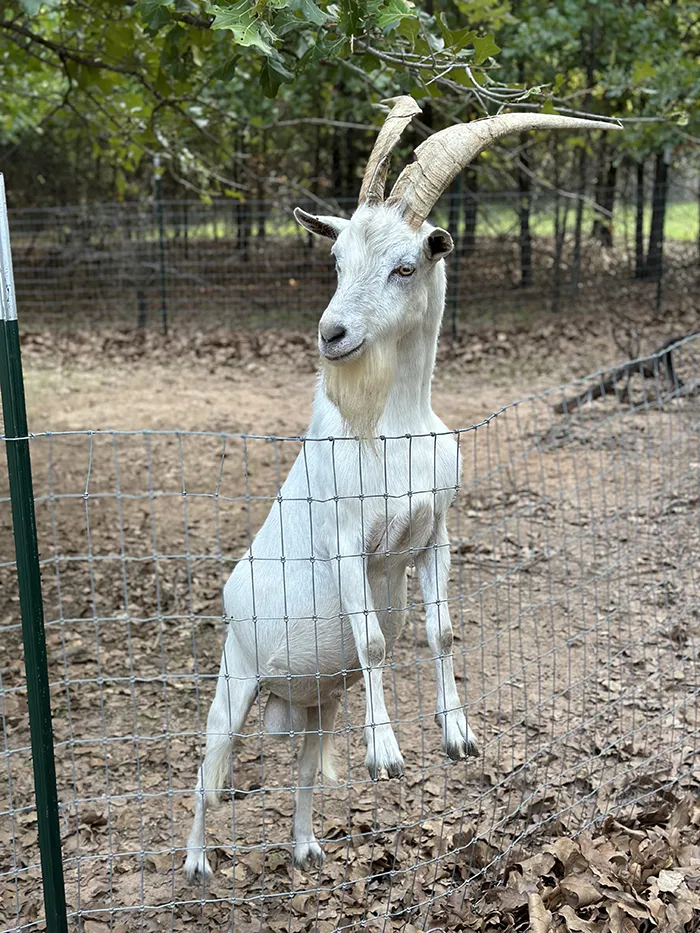

What Is a Buck?
A buck is a male goat that has not been castrated and is capable of breeding. Bucks are an essential part of any goat breeding program. They pass on genetic traits to their offspring, influence the quality of your herd, and allow you to control your own breeding schedule without needing outside stud services.
However, the decision to keep a buck on your farm is not one to make lightly. Bucks are hormonally driven animals, and during breeding season, also known as rut, they undergo behavioral changes that can be intense for inexperienced owners. During rut, which typically takes place in the fall but can occur more than once a year depending on climate and breed, bucks can become aggressive, restless, loud, and nearly obsessed with locating does in heat. They emit a strong, musky odor due to urine-marking their own beards, faces, and legs—a behavior that is natural but unpleasant.
Keeping a buck requires both space and infrastructure. Bucks should not be kept in the same pen as your does year-round, especially if you’re trying to prevent unplanned breeding. That means you’ll need separate fencing, a secure enclosure, and enough distance to keep the smell and behaviors from affecting your entire herd. They should also never be kept alone. Like all goats, bucks are herd animals, and solitary living can lead to boredom, frustration, and destructive habits. A wether makes a great pen mate for a buck because he won’t compete for breeding rights.
Despite their challenges, bucks are a valuable part of a farm when managed correctly. If you plan to breed your own goats regularly and have the space to house and care for them properly, a buck may be a worthy addition to your operation.
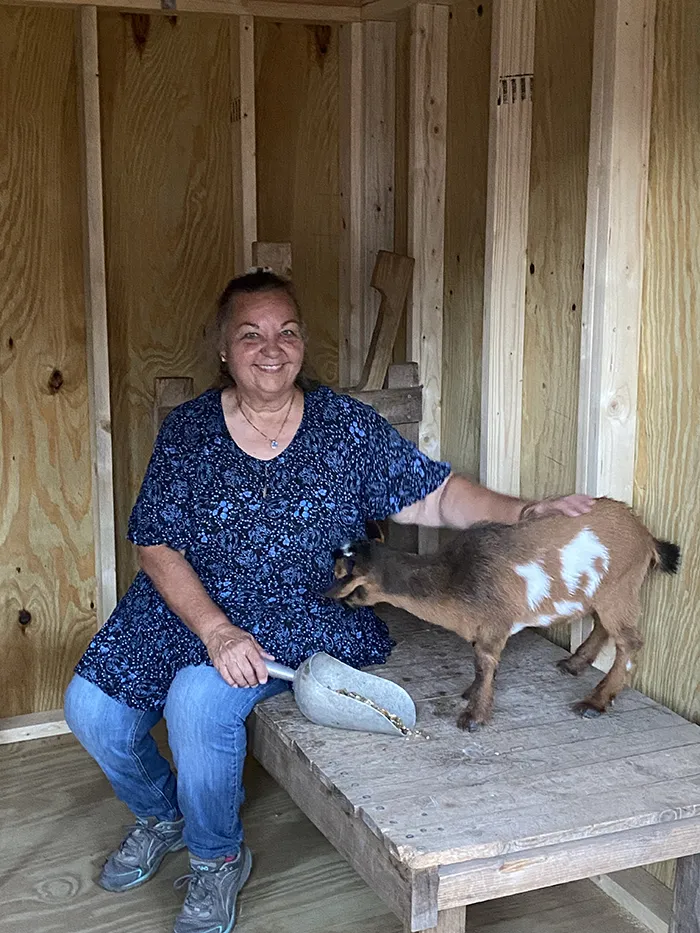

What Is a Wether?
A wether is a male goat that has been castrated, usually within the first few weeks or months of life. Because they lack the hormonal drive of bucks, wethers are often calm, easygoing, and highly social animals. They are unable to reproduce, which eliminates the risks of accidental breeding and makes them ideal companions in a mixed herd.
Wethers have become a favorite among small homesteads, 4-H families, and backyard goat enthusiasts for good reason. They offer all the charm and companionship of a goat without the behavioral and management challenges that bucks bring. You won’t need to worry about separating them from your does, managing rut behaviors, or investing in industrial-strength fencing. Wethers integrate easily into most herds, get along well with other goats, and can even be used to calm younger or more anxious animals.
In addition to their friendly nature, wethers can also serve a functional purpose on a farm. They can help clear land by grazing on weeds, serve as pack animals for hiking or camping trips, or act as therapy animals for children and adults. Some farms even use wethers as lead goats or herd managers because of their steady presence.
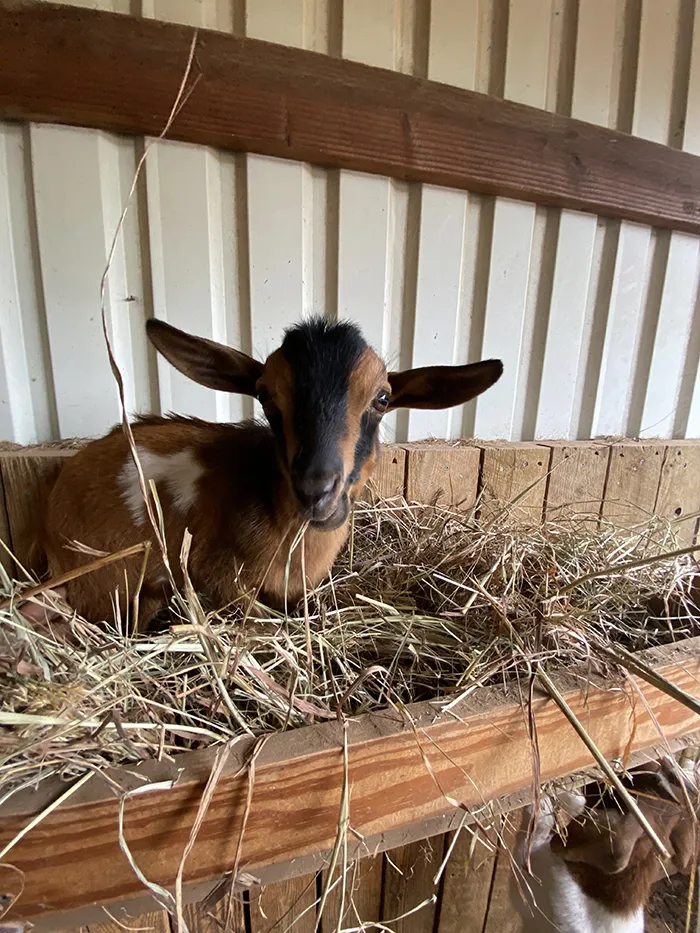

Wether Health Management
While wethers generally require less management, they do have one unique health concern. Because they are castrated early in life, they are more prone to developing urinary calculi, a condition where mineral stones form in the urinary tract. This is especially common if they are fed grain-heavy diets or too much alfalfa. The good news is that urinary issues can be prevented with a balanced diet, plenty of fresh water, and proper mineral supplementation.
For anyone not focused on breeding or genetics, wethers are often the best and most rewarding choice. They offer companionship, versatility, and peace of mind—and they rarely test the fences.
Buck vs Wether: Comparison Table
Let’s compare some of the key traits that influence daily life and long-term herd management:
| Feature | Buck | Wether |
|---|---|---|
| Breeding Ability | ✅ Yes – can breed with does | ❌ No – castrated, cannot reproduce |
| Temperament | Dominant, can be aggressive in rut | Calm, sociable, consistent |
| Odor | Strong, especially during breeding season | Mild or none |
| Fencing Needs | High – requires separation from does | Moderate – integrates easily |
| Companion Compatibility | Best with another buck or wether | Excellent with does or any other goats |
| Management Level | Advanced – requires infrastructure | Beginner-friendly – easy to manage |
| Best Use Case | Breeding programs | Pets, brush clearing, pack animals |
| Feed Concerns | Increased nutritional needs during rut | Risk of urinary calculi if improperly fed |
| Maintenance | High during rut | Low year-round |
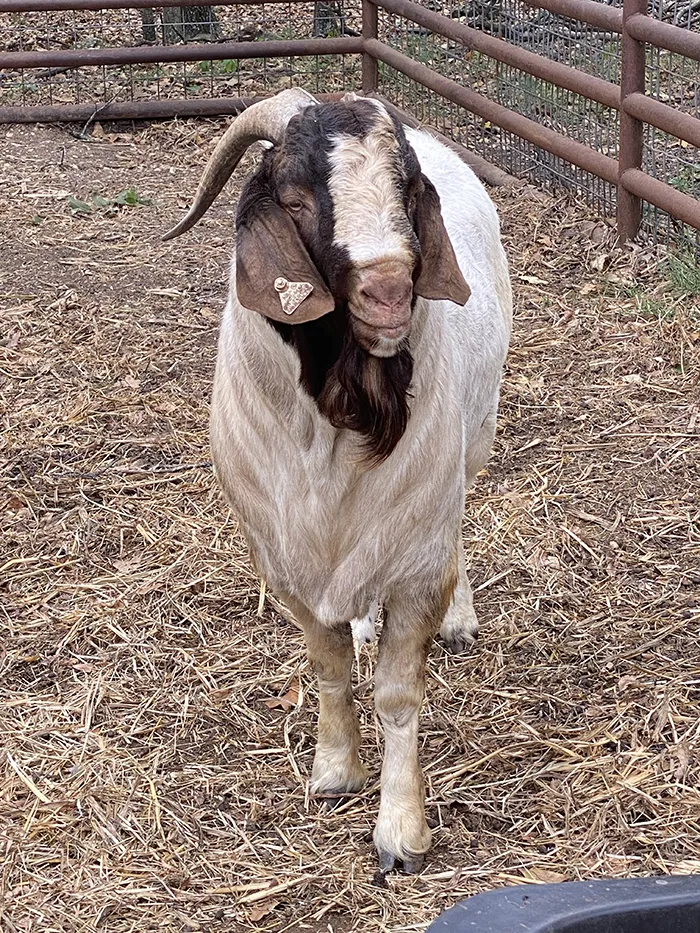

Behavior & Management
Understanding the behavioral differences between bucks and wethers is critical when planning your goat housing and daily routines. Bucks, particularly during rut, become heavily influenced by hormones. Their entire focus shifts toward breeding, and they will spend considerable time pacing fences, calling out, and trying to get to does. This level of intensity is not something most beginners are prepared for, and it often leads to frustration or safety concerns if fencing or space is insufficient.
Bucks are also more territorial. When housed near one another, they may fight, especially if they can see or smell does nearby. This can result in injury or stress for the animals and their handlers. For this reason, it is important to build enclosures that prevent visual contact and ensure bucks have enough space to avoid conflict. Even when managed carefully, a buck’s personality often changes significantly during the breeding season. A goat that is friendly in spring may become pushy or even aggressive in fall.
Wethers, by contrast, remain consistent throughout the year. Since they do not experience hormonal surges, they behave much like they did as kids—curious, playful, and peaceful. Wethers are unlikely to fight unless housed with aggressive bucks or overcrowded. They typically bond well with other goats and can even help reduce herd tension by acting as a calming presence. This makes them particularly useful in multi-goat households or herds with young or nervous animals.
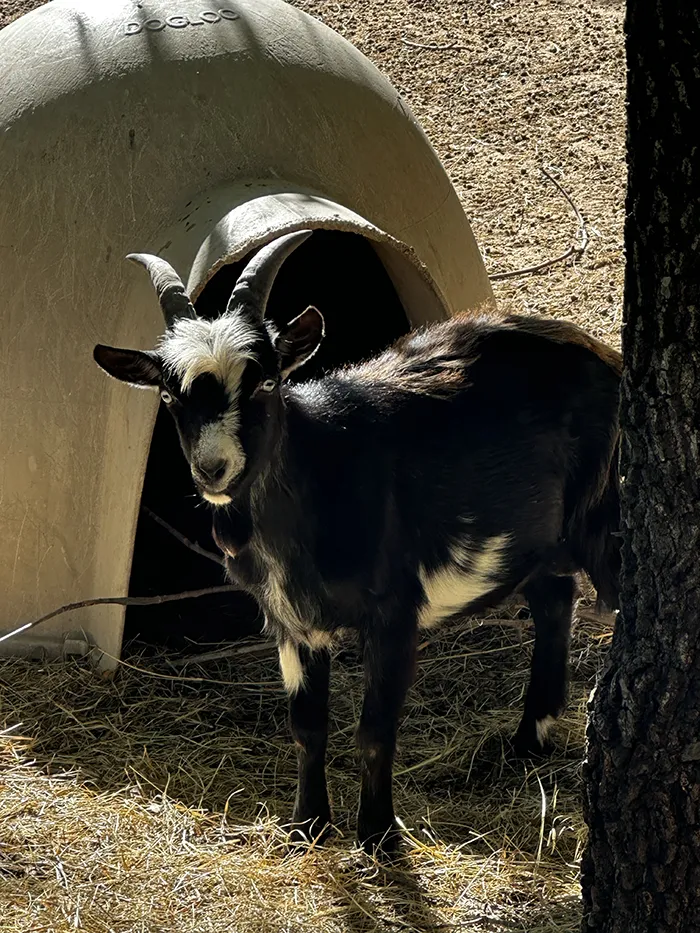

Buck & Wether Housing
From a housing perspective, wethers are easier to manage. They don’t require separate pens, can be housed with does without fear of breeding, and do not present the same escape risks that bucks do. Fencing can be lower, simpler, and more affordable when you’re not trying to contain a full-grown buck in rut. Shelter needs are the same for both bucks and wethers: dry, well-ventilated spaces that protect them from wind and extreme temperatures. However, bucks will often test shelter structures more aggressively than wethers, so materials and placement matter more for their pens.
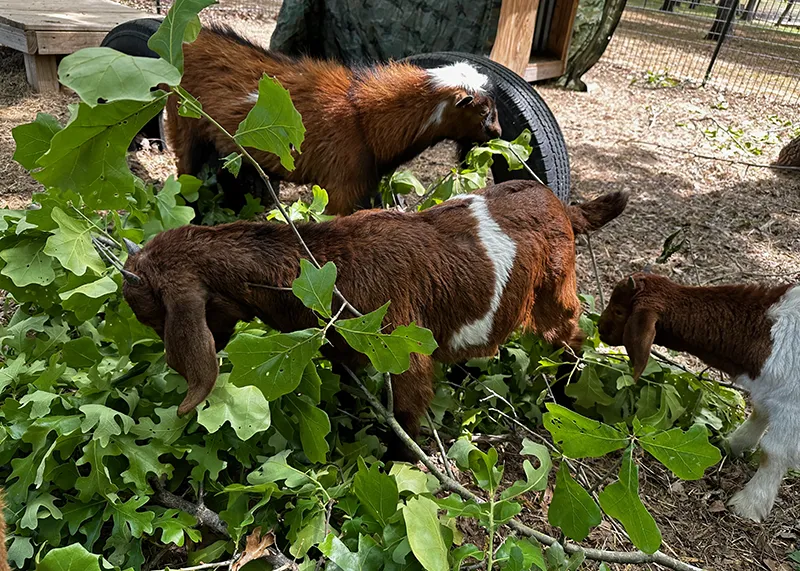

Feeding & Health
Both bucks and wethers require access to fresh hay, clean water, and loose minerals formulated for goats. However, there are specific nutritional differences to be aware of that can impact long-term health.
Bucks often experience a drop in body condition during breeding season. The hormonal drive to breed becomes so strong that some bucks stop eating properly or spend their days pacing instead of grazing. During these periods, bucks may require increased calories, protein, and access to mineral supplements to maintain their strength. A well-balanced diet can help them recover after rut and stay healthy throughout the year.
Wethers are usually more even in their feeding habits, but they are more sensitive to dietary imbalances—especially when it comes to urinary health. Because they are castrated young, their urinary tracts don’t develop as fully, leaving them at risk for urinary calculi, or kidney stones. This condition can be painful and even fatal if untreated, so prevention is critical. Avoid high-grain diets, limit alfalfa intake unless balanced with grass hay, and always ensure that wethers have plenty of water and access to a proper mineral mix.
Routine health care is otherwise quite similar. Both bucks and wethers need regular hoof trimming, vaccinations, and parasite management. Bucks may require additional handling during rut to check for injuries or weight loss. Wethers tend to be lower maintenance overall and are often a favorite of veterinarians for their steady behavior and lack of hormonal complications.
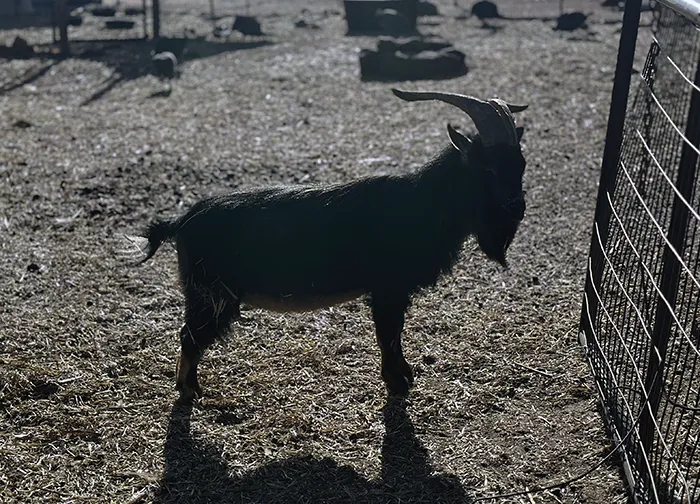

Choosing Based on Your Goals
The choice between a buck and a wether ultimately comes down to your homestead goals, your physical setup, and how much daily management you’re prepared for. If your intention is to breed goats and you have experience, space, and secure fencing. Then keeping a buck can be an asset. You’ll gain full control over your breeding schedule and avoid the cost or logistics of borrowing a buck.
However, if you’re just starting out, or if breeding isn’t part of your plan, then a wether is likely the better fit. Wethers are ideal for people who want to enjoy goats without the smell, stress, or separation needs that come with bucks. They’re especially suited for families with children. Or retirees who want low-stress animals, or anyone living on a smaller plot of land.
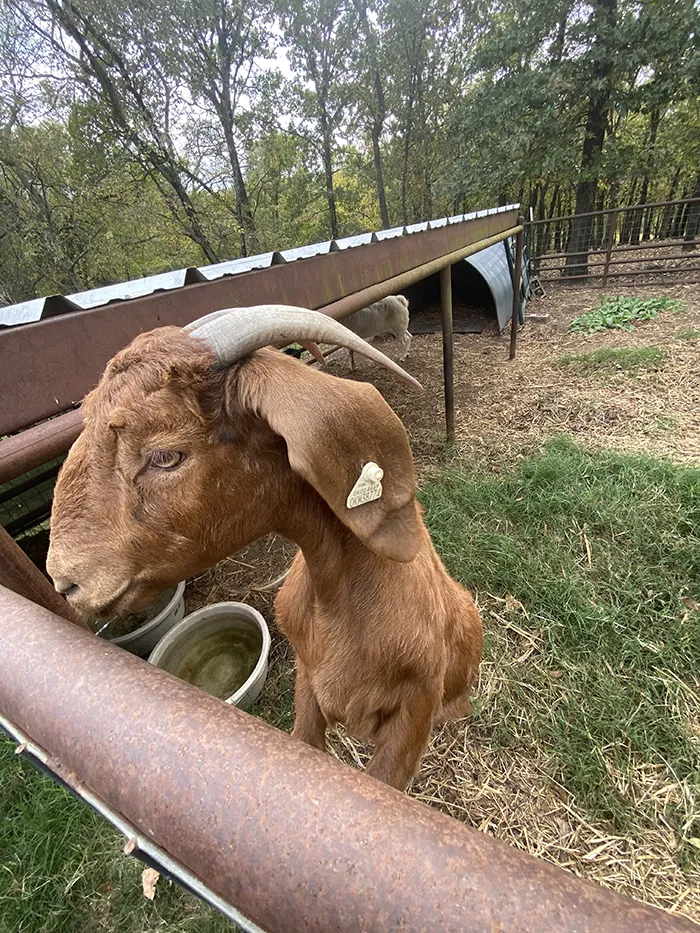

Even if you eventually plan to add a buck, starting with a wether can provide valuable experience. You’ll learn the rhythms of goat care, get comfortable with feeding and health routines, and gain insight into how your land and infrastructure respond to daily use. Many goat owners also use wethers to keep their bucks company, so they remain useful even when your herd expands.
If you’re still unsure, ask yourself these questions: Do I want to control breeding on my farm? Do I have the time and space to manage a buck properly? Am I comfortable handling strong, hormonal animals? Or would I prefer a gentle companion that can coexist peacefully with the rest of my goats?
There is no wrong answer, but there is a better fit depending on your lifestyle, experience, and goals.
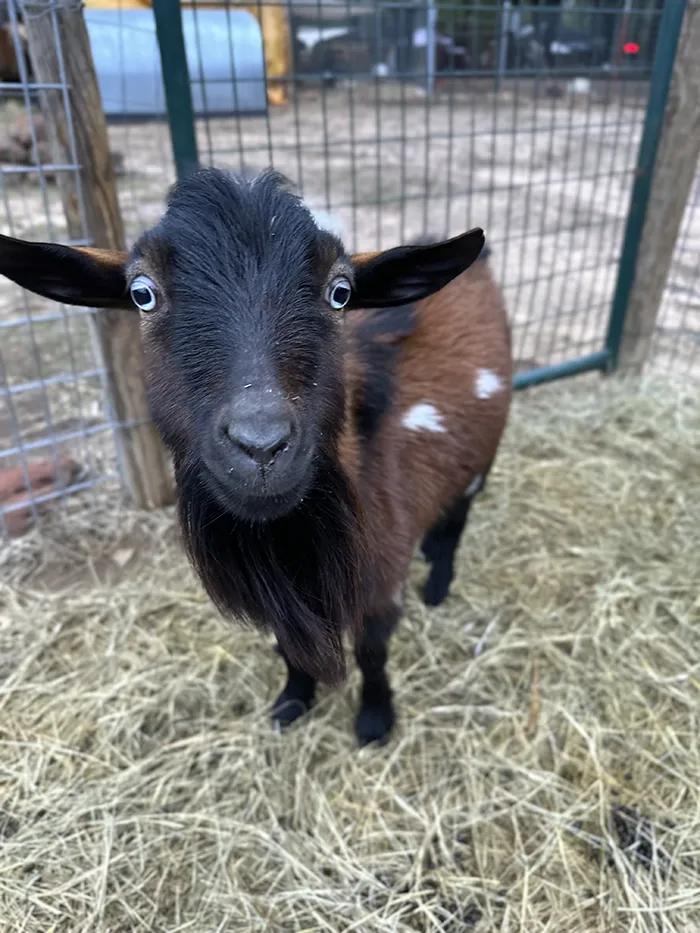

Real Talk from Merry Meadows
At Merry Meadows Farm, we’ve raised more than our fair share of bucks and wethers. Our bucks are selected carefully and kept in small numbers. And usually we have no more than a few at one time. They’re housed away from our main herd, behind high fencing with reinforced gates. And they are paired with a wether to keep them company. We use our bucks only when needed and rotate them out of breeding pens quickly to avoid stress on the does and excessive wear on the bucks themselves.
Our wethers, though, have become some of the most beloved animals on the farm. They’re gentle with visitors, enjoy lounging in the pasture, and do a great job helping us manage weeds, briars and poison ivy. We’ve used wethers to teach new kids how to behave, guide our herd on pasture walks, and provide emotional support to nervous goats recovering from illness.
They don’t demand much, and they don’t cause trouble. Wethers have a way of reminding us that not every animal has to produce something to be valuable. Sometimes, being calm, dependable, and full of personality is more than enough.
For newer goat owners especially, we always recommend starting with wethers. They offer a wonderful way to learn about goat care without the pressure or risk that comes with breeding. And if you ever decide to expand into breeding, your wether can still be an important part of your herd.
Final Thoughts: Buck or Wether?
Choosing between a buck and a wether is one of the first—and most important—decisions you’ll make as a goat owner. It influences how your farm functions, how your animals interact, and how much time you spend managing behavior, fencing, and health. Bucks bring power and potential to a herd, but they also demand a higher level of care, infrastructure, and experience. Wethers, by contrast, are calm, reliable, and easier to incorporate into almost any setup.
At Merry Meadows, we believe the best decisions are the ones that support your long-term success and joy as a goat owner. If you’re new to all of this, start with a wether. You’ll gain confidence, enjoy the experience, and build a strong foundation for future growth. When you’re ready for more complexity, adding a buck might make sense—but you’ll be doing it from a place of knowledge, not guesswork.
Learn the Lingo
If you’re still feeling unsure about goat terms or want to brush up before making a final decision, head over to our Goat Terminology 101 article. We explain everything from buck and wether to dam, doeling, sire, and more—all in plain language with helpful examples.